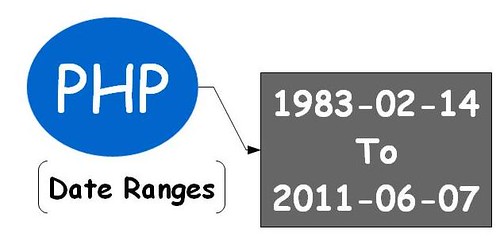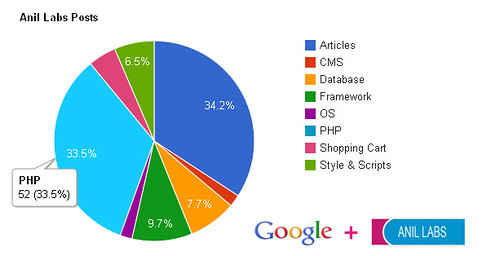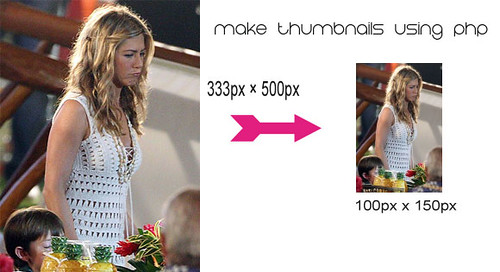In the world of programming, working with dates is an integral part of many applications. Often, we find ourselves needing to calculate the list of dates between two specific dates. This task becomes even more complex when you factor in leap years and varying days in different months. In this article, we’ll delve into the realm of date calculations using PHP. We will guide you through the process of creating a PHP function that takes a starting date and an ending date as input and, with precision, generates the list of dates between them. This knowledge will prove invaluable, particularly in scenarios like calculating statistics or registering users within a given date range. Let’s explore this essential PHP functionality and empower you to tackle date-based challenges with confidence.
This article aims to provide a clear understanding of how to calculate a range of dates between two specified date points using PHP code. By simply providing a start date and an end date, you can employ a PHP function that will meticulously generate the list of dates, accounting for leap years and the varying number of days in different months. This functionality is immensely valuable, particularly in applications where you need to calculate statistics or manage user registrations within defined date ranges.

How to calculate the list of dates between two dates | Anil Labs
(more…)













